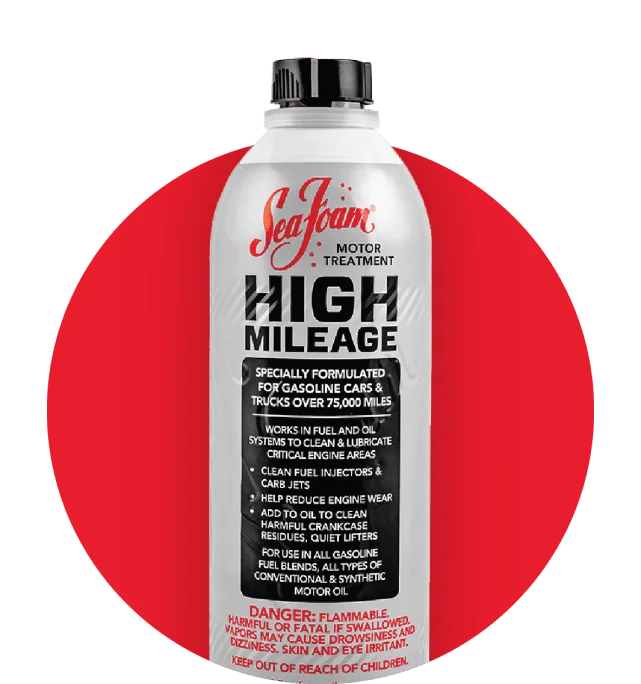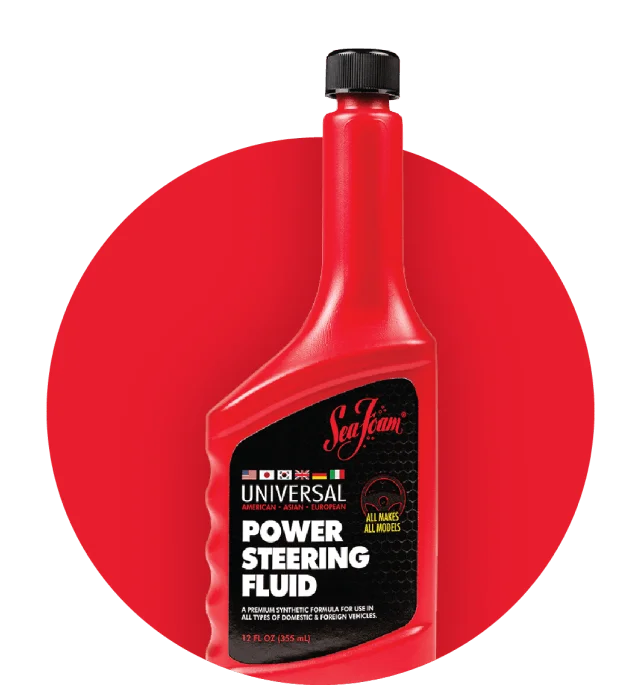HOW TO STORE A SNOW BLOWER WITH SEA FOAM
The common problems—not starting, hard starting, rough running—often show up during that first snowfall, when you try to start your snow blower after it has sat idle for months.
Some simple attention paid to your machine now will help you avoid those issues later, and there’s one area that should get the most attention: fuel management.
PREVENTING PROBLEMS
DURING STORAGE
Fuel evaporation and the buildup of gum and varnish in carburetors and fuel lines are problems that can plague a snow blower if the fuel is not kept fresh or stabilized.
This is especially true when using certain fuel blends, rather than non-oxygenated (recreational) fuel. To prevent fuel issues and other problems, take these steps when parking your snow blower for the offseason:
- Start with a low tank of fuel. Make sure you leave 10 or so ounces of gas in the tank.
- Add a high concentration of Sea Foam to the remaining fuel. 3 or 4 ounces of Sea Foam added to 10 ounces of gas is around 3 parts gas to 1 part Sea Foam.
- Start the engine and let it run for five minutes to pull the high Sea Foam concentration through the carburetor circuits and into the chamber area.
- Use Deep Creep to spray the auger and auger area to prevent dry out and rust.
It’s also a good idea to make sure your machine gets an oil change and is clean and lubricated where necessary (the chute assembly, for instance) before storage. It’s best to store your snow blower indoors if possible—keep it under a weatherproof cover and elevated from the ground if you need to keep it outside.
Follow these simple steps and you’ll have a trouble-free snow blower that will last and perform when you need it next winter.
How sea foam motor treatment protects your SNOW BLOWER during storage
#seafoamworks
related
products
For motors of all shapes and sizes.



